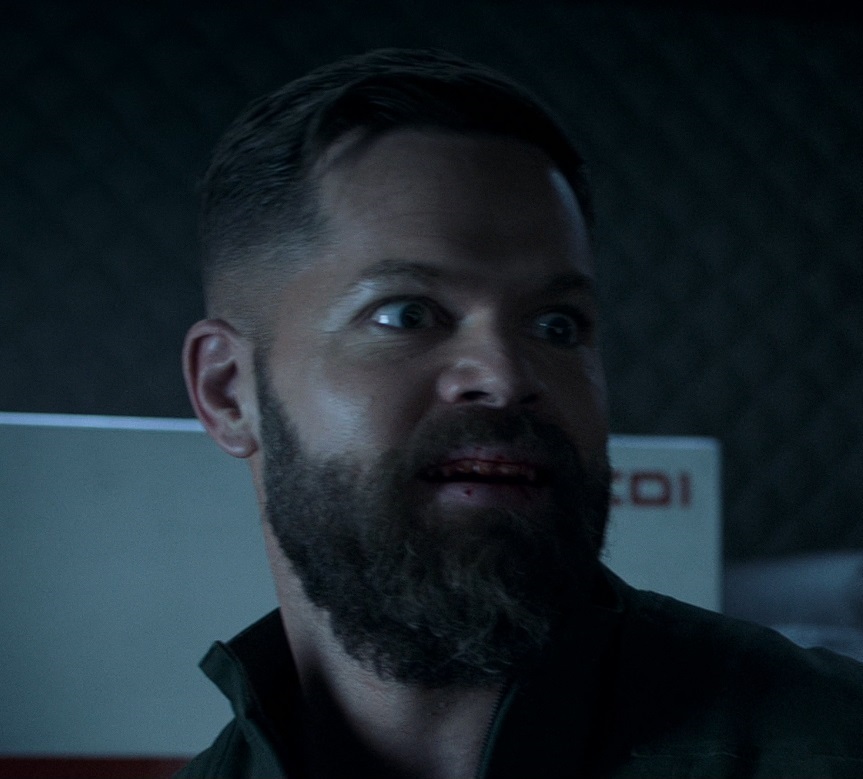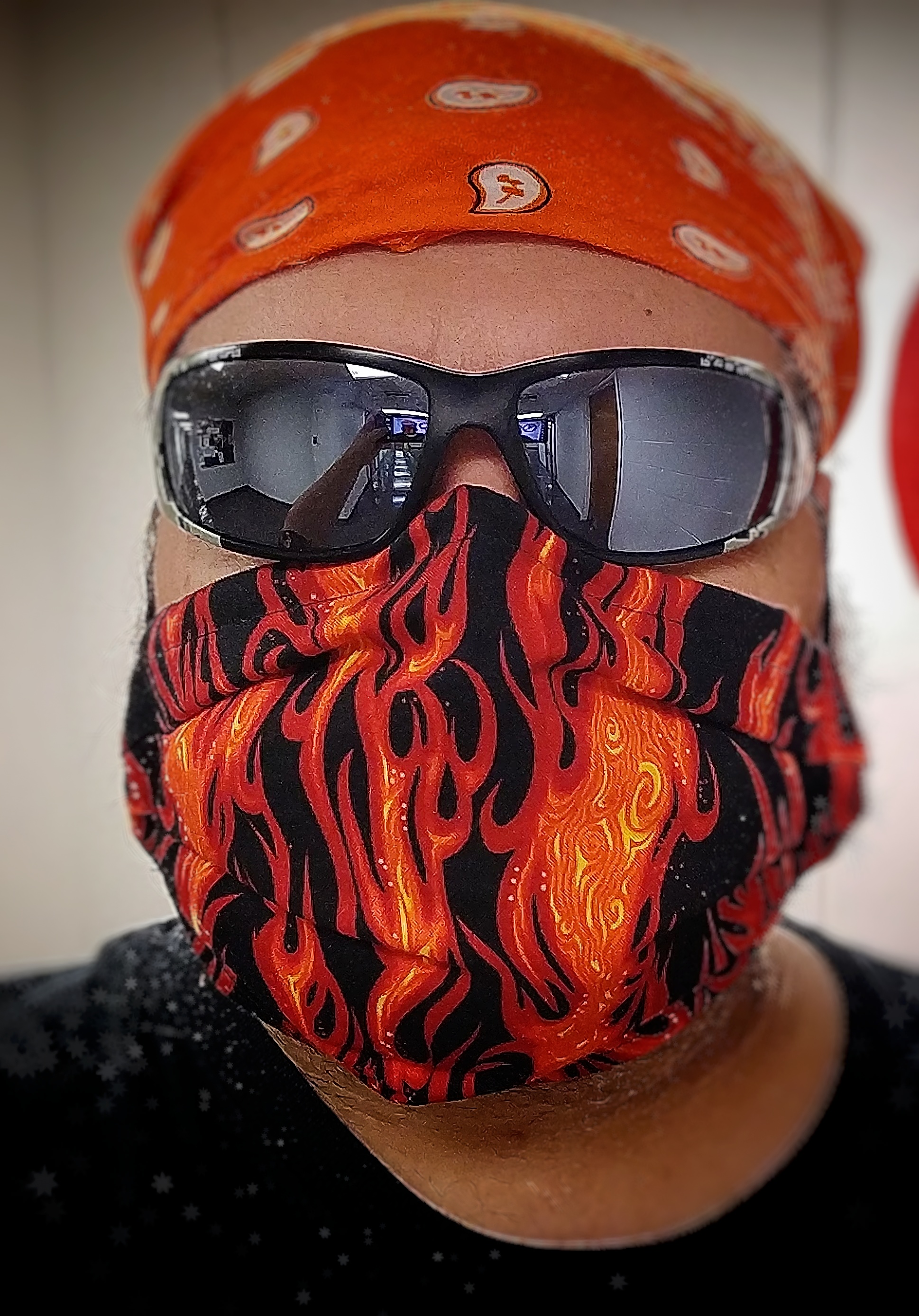Hey guys, I currently have two separate 2TB SSD’s, one still has my old Windows 11 install and the other has Bazzite. I bought a 1TB SSD so that I can move my Windows install to that for the few things I still need Windows for, so I want to install CachyOS on what will eventually be an empty 2TB SSD.
First off, what’s a good way to clone my current Windows install to my new 1TB SSD? I’d prefer to avoid re-installing just because that’s a pain in the ass, but I’ll do that if necessary.
Second, what’s the best practice for managing two separate /home folders? I know I can just point Steam to my Bazzite /home directory to get my games to show up in another install (I think?) but are there any problems that may arise due to having two distros installed across two different SSD’s? As far as I know, Bazzite already uses BTRFS which is also what I want to use in CachyOS so that I can create snapshots in case I break something, so the file systems should be compatible with each other.
Thanks!
If you’d bought a 2TB you could just
ddimage the windows disk to the new drive. If you can convince Windows to downsize its partition and then use a partition editor on a USB liveboot to identify the drive sectors you could maybe still image the windows disk. Big “if.”As to the second question, use block IDs-- the filesystem’s UUID. Grub is lazy and assumes a single root (the first found) partition so if you want a particular boot entry to use a specific root slice, you’ll need to ensure each OS entry in grub uses the right UUID for its kernel
rootparameter. Loading the right root gets you the rigjt /etc/fstab to mount that root’s expected partitionsHonestly you’d be better off running your stuff in VMs. Dual-boot is a nightmare.
Also, I’m very tired right now. I’ll explain stuff better later when I wake up.
Thank you for the help! It’s very much appreciated.
Back in the old days, it was enough to simply defrag a Windows drive - preferably from safe mode or using the DOS it ran on - and there’d be a strong chance that everything would be shunted to the start of the disk, which would be ideal here. It was how I was able to make room to create Linux partitions on my first PC back in the day.
Copying that Windows partition image would have a strong chance of working first time on the new disk (or partition).
These days (which I use very loosely, since XP might have been guilty of this) Windows likes to splat important things all over its partition and can require some convincing to move it. There may also be license problems if Windows thinks something screwy is going on.
Hopefully solidgrue (or others) can recommend something. Third party partition management software and/or boot USBs would be my bet, but I don’t know what’s good.
Worst case, you’ll have to back up your important files and create a new installation on the new disk. It wouldn’t hurt to get started on that backup in the meantime. Better to have one and not need it, etc.
I was planning to delete a bunch of stuff off of my old Windows drive anyways, so I’ll just backup my important stuff that I wanna keep and then do a fresh reinstall on the new SSD so that I can wipe the old 2TB SSD Windows used to live on. Even 1TB is being generous but I’d rather have too much space than not enough!
There’s nothing terribly important on there, it’s mainly just my modded Bethesda games I’ve put a lot of effort into that I’m to lazy to recreate under Linux so I’d rather just keep a small Windows disk alive for when I feel like playing them and for any edge cases that pop up that require me to use Windows.
Thank you for the answer!
That shouldn’t be a problem. You can even install them on the same btrfs partition if you wanted to as long as each distro gets its own set of subvolumes for stuff. Separate partitions and even separate physical disks? No issues there, that’s even less weird.
Ideally what I’d do in this scenario is at least make a subvolume for the Steam library that way you don’t have to mount the actual home folder, just the Steam library subvolume. I also have a separate subvolume for movies and TV shows, and a few other things. It’s just very convenient for organization purposes, and also technical purposes because now my home snapshots don’t take all that much space as all the big data stuff is separate. No point backing up a Steam library.
But in the end, none of this really matters, you can mount anything just about anywhere. We all already mount a FAT32 at
/bootor somewhere similar because UEFI requires it. The filesystems all have UUIDs which are usually used for configuring fstab and GRUB and whatnot, precisely so even if you physically swap the disks or even put it into another computer, it still works.I usually use a gparted live image so I have a visual representation of what I’m working on, and none of the partitions are in use. But gparted is getting pretty old and has limited support for newer filesystems and features.




